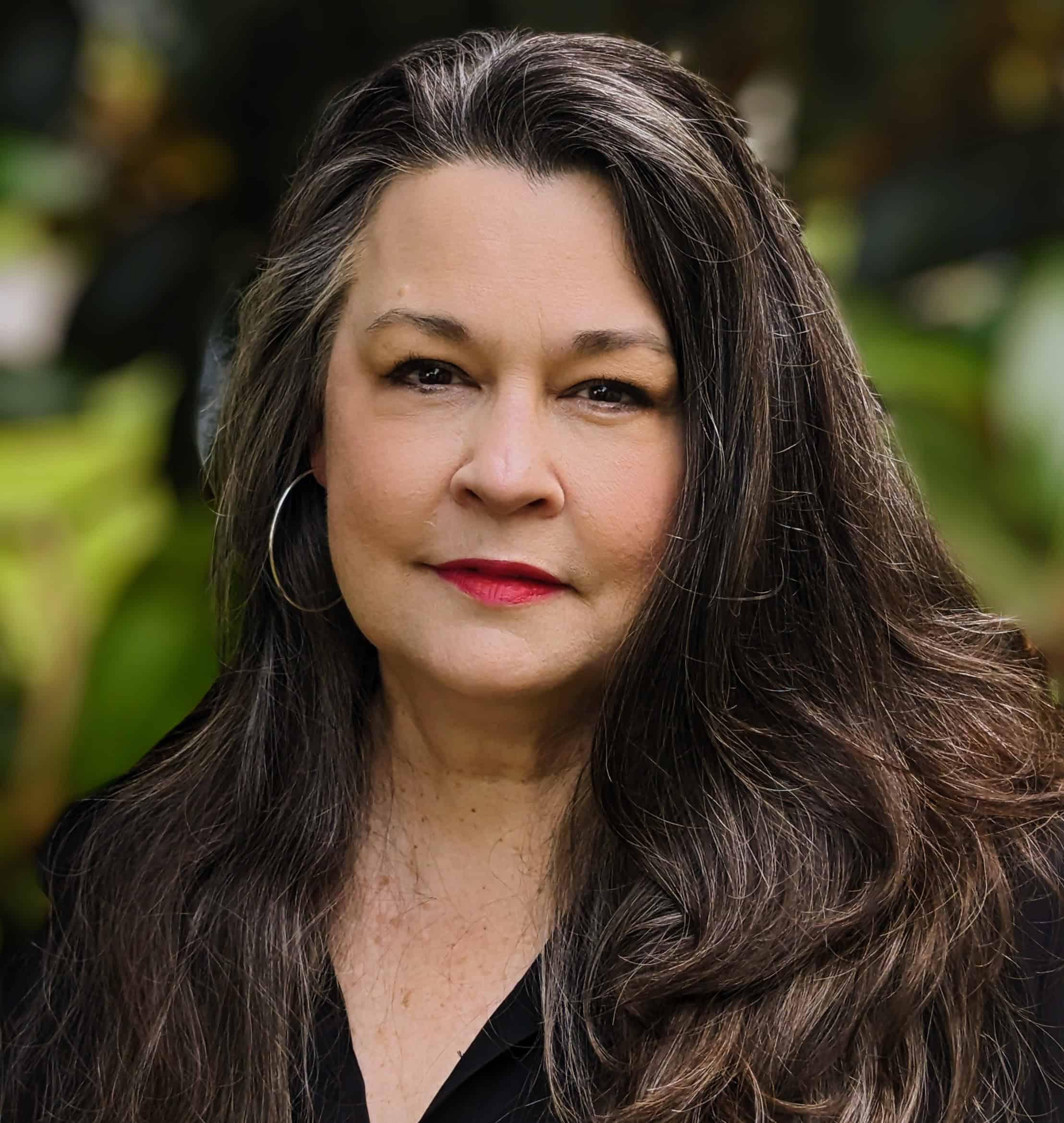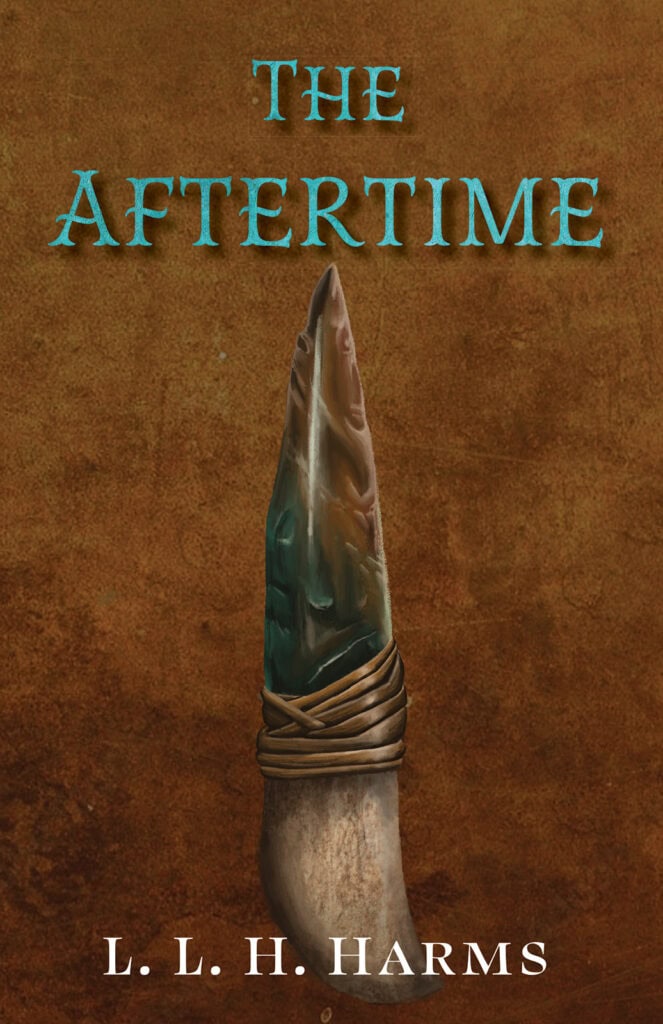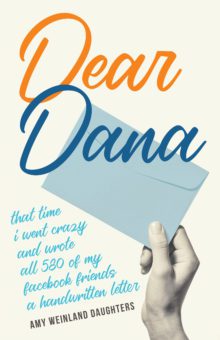
LLH Harms
Richmond, VA
Author of The Aftertime
BOOK COVER

BOOK DETAILS
Pub Date: August 13, 2024
Genre: Middle Grade Fiction: Social Themes, Values & Virtues, Native American, Fantasy & Magic
Publisher: Brandylane Publishers, Inc.
Page Count: 183
Format, ISBN, Price:
Paperback, 978-1-962416-09-2, $15.95
Ebook, 978-1-962416-10-8, $7.99
Hardcover, 978-1-962416-29-0, $25.95
ABOUT THE BOOK
What if you had a weapon, a knife that had the power to heal, as long as it was never used in anger? What if this knife had been handed down for generations in your family, but because of you, it has now been taken? What if you were only 12 years old?
Our story begins in Virginia in the mid-1700s—when English settlers in Virginia claimed native Monacan land as their right—and brings us into the 21st Century. This is a story that spans generations and timelines yet begins with the simple friendship between two boys: one Monacan and the other English.
The Aftertime asks what is worth fighting for, and how to fight for it. Most importantly, it’s a story about following your moral compass and standing up, sometimes all alone, for what is just.
“It’s getting increasingly difficult to find good new literature for [middle-grade] that focuses on character, decision making, and growing up while still being interesting and action-oriented. This book does all of those things… plus it features some history lessons, including a lesser known Revolutionary War battle and a Native American tribe that isn’t usually talked about in school…. Overall, excellent!”
—Yvie Field, Educator, Homeschool on the Range, 5 out of 5 Stars
ABOUT THE AUTHOR
For years, LLH Harms has written books, stories, and poems and simply placed them on a shelf. With encouragement from one of her children, she has finally decided to share her writing with all of us. The Aftertime is her debut novel. A second project, a picture book, is forthcoming. She lives in Virginia with her family.
TALKING POINTS
- The little-known history of the Monacan tribe in Virginia and the struggles of other Eastern Native American tribes
- The need for kids to read about character-building and doing what’s right
- The role of the weapon in this story – and what it stands for
- The feelings of loneliness that children experience
- The relationships between siblings and how children resolve conflicts within families
- Family is more than biology
- How as children grow they learn to deal with fear
- The value of having elements of magical realism in a middle grade story
- Honoring the Monacan people with the book’s choices
Q&A
What inspired you to write this novel?
When my son, Atticus, was around seven or eight he asked me one day, “What if you had a weapon that had the power to heal?” I was driving at the time and almost had to pull the car over because of how profound the question was. This is what started the process of writing this book. In The Aftertime, it is a knife that is the weapon but as you read the book you see that a weapon can take the form of many things. These things can be words, action, and inflicting fear or bullying. Also, at the time my two youngest children, boys, were going through the beginning stages of sibling rivalry. Both had completely different personalities along with different interests. This is one of the themes of the book. Having a family member, a brother, yet not feeling a connection with them but still trying to see their point of view and understand them.
Who do you hope reads it?
The primary audience is middle schoolers. However, I hope that parents will also take the time to read it. I hope it opens a dialogue within families that may be experiencing sibling discord or rivalry. The book also deals with themes of fear that children have.
Why did you choose to have your story span two timelines, hundreds of years apart?
I wanted to show the origins of this “magical” knife. It was created out of a friendship between two boys that was not supposed to exist. The knife is passed down through the family in the hope that future generations will understand this powerful friendship that existed. The knife represents what we should be passing down, loyalty, friendship and love. Unfortunately, some pass down racism, hatred and fear.
What were some of the challenges and injustices faced by the Monacan tribe in Virginia?
There have been so many it is hard to condense them down. The one thing that really stood out in talking with the director of the Monacan Nation Ancestral Museum was the phrase, “paper genocide.” It was an attempt in the 1930’s and earlier to erase any remaining Virginia Indigenous Tribes. Even after it became illegal, they still had to fight for basic rights such as going to public school. One story that I heard was how Monacan students would wait for the bus to pick them up only to have the bus drive past them. Having no way to get to school because it was too far, many either had to drop out or would get in trouble for missing school. There are many other stories and I hope that with this book students, parents and educators will reach out to the Monacan Tribe to learn first-hand their history and struggles.
What is your connection to the Monacan people?
My only connection to the Monacan people is my research for this book.
How did you research in order to write this story?
My family supposedly came to this country in the late 1600’s. My father was a huge history buff and so my childhood was spent visiting historical sites and battlefields. I already knew about the Battle of Great Bridge and the Revolutionary War, but I was never taught about the Indigenous Tribes of the Carolinas or Virginia other than a brief mention. I read Jeffrey L. Hantman’s book, Monacan Millennium, which was very helpful. I also visited the Monacan Nation Ancestral Museum and talked with Lou Branham, the director. I really cannot stress what a valuable resource the museum was. I truly hope that educators will reach out to them to learn the Monacan history in more detail.
The Aftertime asks what is worth fighting for, and how to fight for it. What are your answers to those questions?
Do you fight because someone has insulted you with words? Do you call upon all of your friends to go after this person? Do you go after them online? We live in a time where it seems that any slight or misspoken words are met with online annihilation and calls for violence. I want the reader to look at how they react to instances like this. Yes, stand up for yourself, but don’t let the situation devolve into physical violence. There is a scene in the book where this happens, and the character doesn’t feel like he thought he would after a physical fight. He realizes that the bully was using the fear in his own mind against him. This is one of the hardest lessons for children to learn today.
Do you feel that words can be just as powerful and harmful as physical weapons?
Yes, very much so. I think we see that all the time. I believe that because kids are being introduced to social media so young it can be like a “mental punch” if you will. We see how people are spun up into a frenzy over 150 characters. If this is happening to the grown-ups imagine how this is affecting adolescent children. We are becoming a society that weaponizes words so there is no need for people to even have a face-to-face confrontation. I think that by weaponizing words it creates a fear battle in people’s own minds.
What do you hope readers take away from this story?
There are a couple of things. How is your fear affecting your life? Asking the question: is this fear of mine keeping me safe or is it holding me back? The other takeaway is dealing with family that you just don’t understand or maybe even like. Do you write them off or do you take a moment to try to understand why they are acting or saying what they do?

BOOK DETAILS
Pub Date: May 17, 2022
Genre: Memoir / Christian Inspirational
Publisher: She Writes Press
Page Count: 304
Format: Paperback
ISBN: 978-1647429003
Price: $15.99
